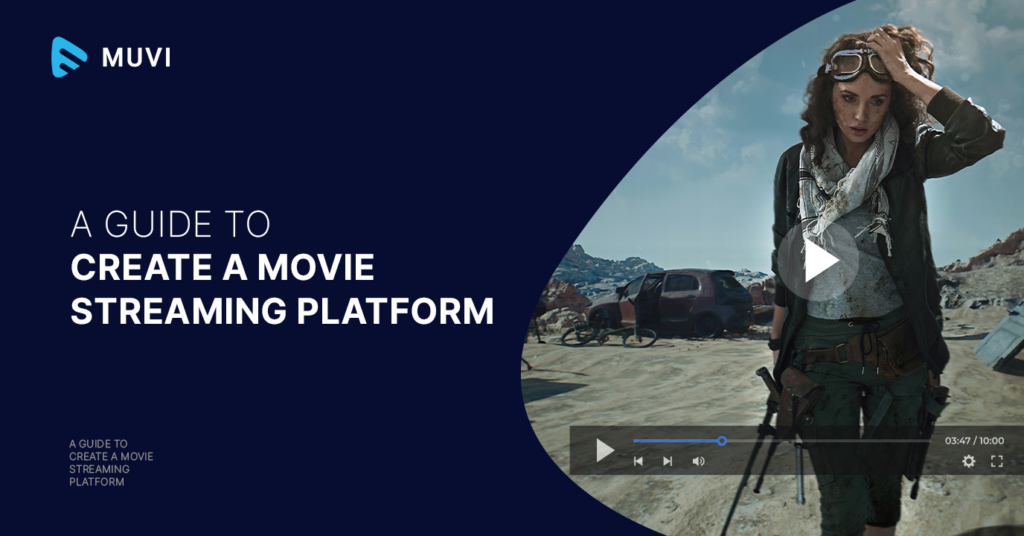A streaming platform allows users to access video and audio content over the internet without having to download files.
The content is delivered as a continuous stream that you can start watching immediately.
Some of the biggest names in streaming platforms today include Netflix, Amazon Prime Video, Hulu, Disney+, Apple TV+, and HBO Max.
These platforms licence movies and TV shows from studios and channels to offer vast on-demand libraries. Many also invest heavily in original content exclusive to their platform.
Besides mainstream entertainment, there are also niche streaming platforms for sports, anime, independent films, and more.
The convenience of getting endless entertainment on any device has made streaming platforms integral to modern digital lifestyles.
This article will provide an in-depth look at popular streaming platforms, their features, business models, and impact.

Types of Streaming Platforms
Video on Demand (VOD)
VOD platforms like Netflix and Amazon Prime Video offer extensive libraries of movies, shows, and documentaries available anytime on demand. This is the most popular streaming platform model currently. VOD services invest in originals and license back catalogs.
Live TV
YouTube TV, Sling TV, and DIRECTV Stream provide live channels and sports as a streaming alternative to cable TV. They offer familiar channel guides and DVR features but with no contracts or equipment.
Free, Ad-supported
Services like Tubi, Pluto TV, and The Roku Channel offer movies, news, and sports for free but with ads. Revenue comes from ad impressions. Provides a sampling of content.
Specialty/Niche
Platforms like ESPN+, Shudder, and Crunchyroll cater to specific audiences like sports fans, horror fans, and anime fans respectively with targeted content libraries. Allows going deep into specific genres.
Features of Streaming Platforms
- Content libraries: Collection of movies, shows, and originals either licensed or self-produced. The breadth of choice is the biggest draw.
- Personalization: Recommendation algorithms to suggest content based on viewing history and habits. Profiles for individual customization.
- Streaming quality: Options to set video quality from SD to 4K HDR based on internet speeds and plan. Mobile data saving modes.
- Offline downloads: Ability to download some content for offline playback when the internet is unavailable. The number of downloads depends on the plan.
- Multiple device access: Content can be streamed across smartphones, tablets, laptops, and TVs simultaneously on a single subscription. Number of streams varies by plan.
- Parental controls: Pin-protected restrictions to filter age-inappropriate content for kid’s profiles.
- Watchlists: Ability to bookmark content for future viewing and keep track of viewing progress across devices.

Major Streaming Platforms
Netflix: The pioneer in streaming remains the biggest name with its endless on-demand library, star-studded originals, and seamless user experience. Plans from $9 to $20 per month.
Amazon Prime Video: Bundled with Prime membership. Large collection of movies, shows, and award-winning originals like The Boys, and The Marvelous Mrs. Maisel.
Disney+: Top destination for Disney animation classics, Pixar, Marvel, and Star Wars films, and exclusive originals like The Mandalorian. Plans start at $7.99 per month.
HBO Max: Home to HBO content, Studio Ghibli, DC Universe, along with Max Originals like House of the Dragon. $14.99 per month.
Hulu: Offers a huge catalog of shows, movies, and popular originals like Only Murders in the Building and The Handmaid’s Tale. Plans start at $7.99 monthly.
Apple TV+: Streaming home for Apple originals like Ted Lasso, Severance, For All Mankind, and The Morning Show. $6.99 monthly.
ESPN+: Sports lovers get live sports, documentaries, and written analysis. $9.99 per month or $99 annually.
Impact of Streaming Platforms
Consumer Habits
Binge-watching shows have become a common entertainment habit thanks to the on-demand nature of streaming. 72% of viewers regularly binge-watch shows.
Cord-Cutting
Over 50 million U.S. households have canceled cable TV and switched exclusively to streaming, forever changing the TV landscape.
Movie Theatres
While big blockbusters still draw theatrical crowds, mid-budget films are increasingly going straight to streaming. Theatrical windows have shrunk.
Awards Recognition
Streaming original shows and performances now regularly get nominated and win top awards like the Emmys and Oscars, achieving critical prestige.
Talent Migration
Top Hollywood talents like actors, directors, and producers are flocking to create projects for streaming platforms drawn by big budgets and creative freedom.

Frequently Asked Questions (FAQ)
Q1: How do free streaming platforms make money?
Ans. Free, ad-supported platforms earn revenues from the advertisements inserted before and during breaks in content. More viewing equals more ad impressions.
Q2: Which streaming platform is the largest globally?
Ans. As of 2022, Netflix has the biggest market share with 223 million worldwide subscribers, followed by Amazon Prime Video and Disney+.
Q3: Are streaming platforms regulated for content?
Ans. Platforms self-regulate to align with regional laws and cultural norms. Additionally, most platforms offer parental controls to restrict mature content as needed.
Q4: Can you download content to watch offline?
Ans. Many streaming platforms allow downloading select titles for offline viewing depending on your subscription plan. Number of downloads allowed at once is usually limited.
Q5: How do streaming platforms impact environmental sustainability?
Ans. Streaming is more eco-friendly than physical formats. But internet infrastructure supporting streaming does consume resources. Providers are aiming to increase the use of renewable energy.




